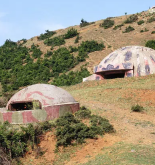Italy has been for a long time an important center of art and innovation. Famous works are being created in periods like the Renaissance as well as the High Renaissance periods, as in Baroque and Neoclassicism, both of which originated from Rome, Italy is the ideal destination if are seeking both beauty and history. While famous pieces can be found all over the country, the majority of the most well-known pieces can be located in Florence, Vatican City, and Rome. If you’re looking for something to gaze on, here are a few of the most stunning and well-known Italian sculptures.
1, Pieta
Michelangelo’s Pieta is surely on every top list of the most beautiful sculptures. It was created from 1497 to 1499, by the young Michelangelo (he was likely to have been around 24 at the at the time).
The sculpture depicts Mary being held by Jesus after his removal from the cross, an often-used subject in the art of funerary during the Renaissance and is the sole piece which Michelangelo signed after it was mistakenly identified as an artist’s work. It’s difficult to believe the sculpture is made of marble given the stunning details and softness that have been incorporated into the drapery of Mary’s gown. The attention to detail is evident in the utmost concentration on detail that is evident in Mary’s face. It’s surprising that this work was completed in two years.
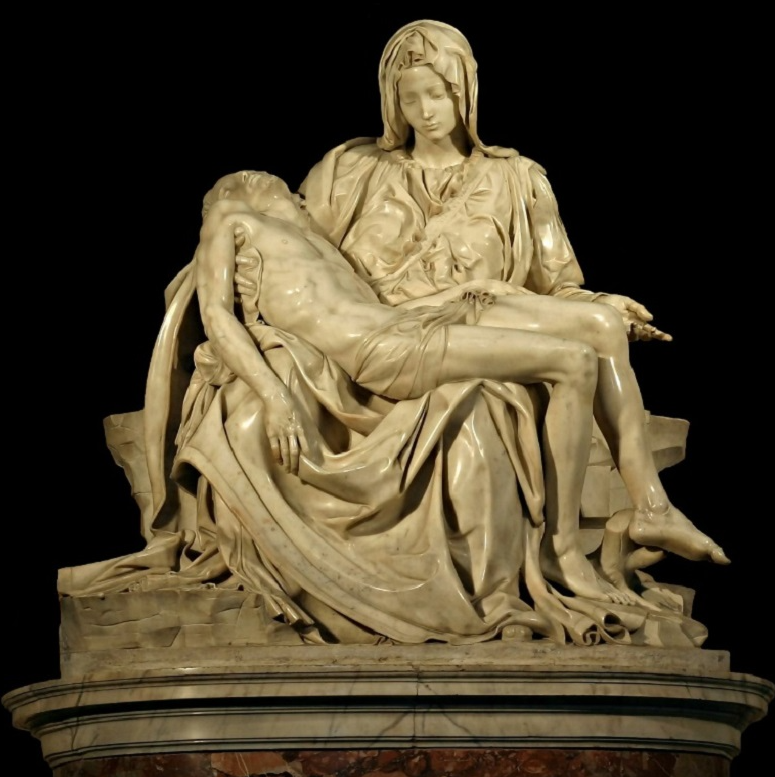
2, Apollo Belvedere
This stunning statue is on display in The Vatican Museums, created during 120-140 A.D. The statue of white marble depicts Apollo shortly after he fired an shot. The artist who created this statue focused on the details of Apollo’s muscles as well as other delicate features like his hair and the draping of his costume. It is believed to be a replica of a bronze statue that was made between 330 and 320 B.C. The amazing piece is believed to be one of the best ancient sculptures and the most perfect representation in Greek art.
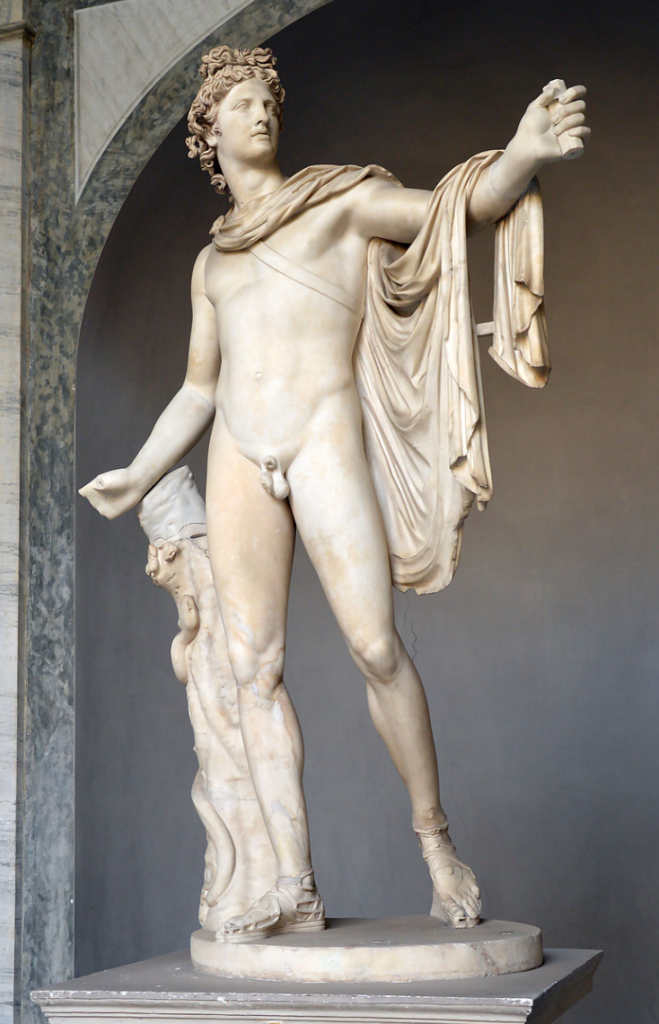
3, Dying Gaul
The beautiful sculpture is interesting in that no one is aware of the person who sculpted the sculpture (maybe Epigonus). It is believed, though not proven, that it was created by Epigonus an sculptor in the court of Pergamon. This sculpture is a copy of the bronze original that was believed to have been an undiscovered Hellenistic sculpture that celebrated Pergamon’s victory. Pergamon victory over Galatians. This statue depicts a naked soldier facing the fact that he died because of a massive cut in his chest. Although this stunning replica in Rome is constructed of marble, it is possible to find different versions around the globe constructed from various materials, including bronze.

4, Laocoön and His Sons
Laocoön and His Sons is another gorgeously created sculpture that you will discover in Italy. The sculptors who created the sculpture are not known, the theory is that it was the work of a trio of sculptors from Rhodes. After it was discovered to be buried in Rome during the 1500s it is believed that the sculpture was created between 40 and 30 B.C. The statue depicts Laocoon the priest of Apollo and his sons who were killed by sea-serpents who were sent from Athena and Poseidon following Laocoon warned the other Trojans from accepting Greeks offering of a horse made of wood. One of the most striking features of this sculpture is the way in which it expresses pain and the convulsion of the faces. It’s still being debated about whether the piece is a unique or the copy of an earlier bronze sculpture. It’s a sculptural group from the past composed by three Greek artists from Rodhe. It depicts scenes from the Aeneid where the Priest Laocoon along with his two sons is captured by sea serpents that are massive after they have told that the Trojans not to let the legendary wooden horse away. This statue is likely to belong to the Emperor Titus because it was discovered in the remnants in his home.
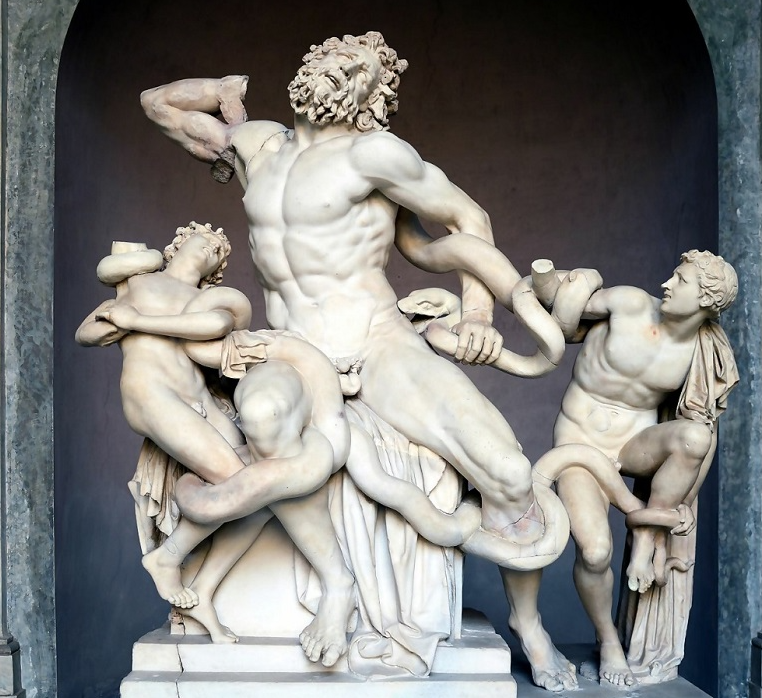
5, Hercules and Cacus
It was built in 1533, and is located just in front of the entryway into Palazzo Vecchio, on the side of David. It is a symbol of Hercules in strength and wisdom over Cacus his wickedness, re-creating an image from the mythical tale of The Twelve Labors of Hercules. Baccio Bandinelli was envious of Michelangelo and attempted to be as great as Michelangelo however, his Hercules was always viewed as to be a lesser imitation of David! Made from white marble piece depicts Hercules the god of deity, stopping before killing the beast Cacus for absconding with cattle. Like many sculptures of this time the subject is shown naked, with his strength shown by a slightly overexaggerated musculature. This is among the numerous Italian sculptures depicting the concept of victor and defeated. This particular sculpture employs several mediums with the subject being held by the original bronze club. It was later realized in the year 1994 the object was actually made from aluminum.
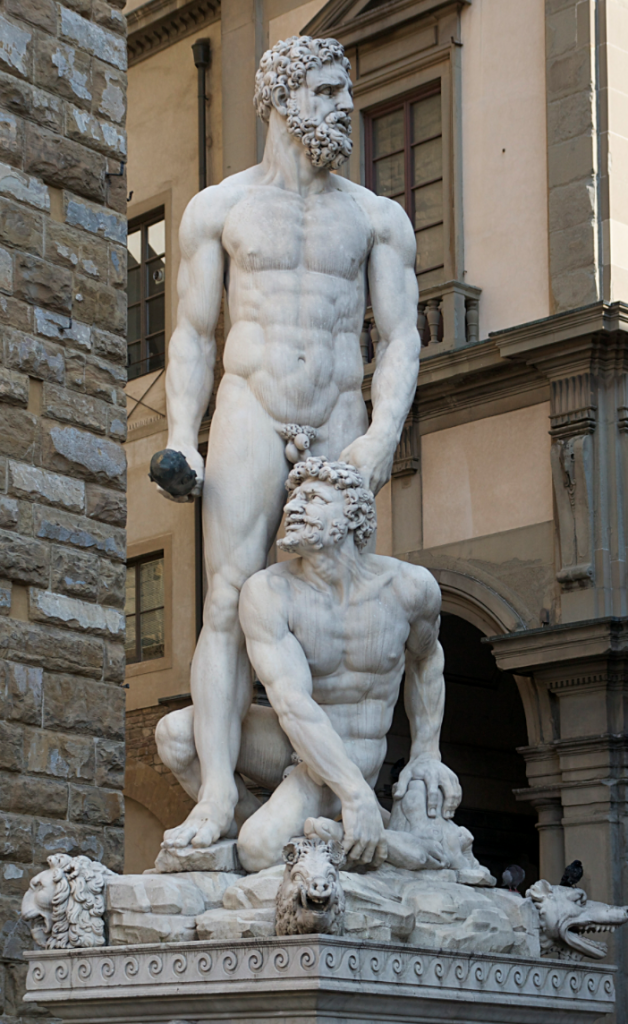
6, Perseus Triumphant
Sometimes, it is referred to by the name Perseus with the head of Medusa The marble statue was influenced by earlier renditions of early in the Baroque period. The marble carving depicts the Greek god Perseus with his Medusa’s head. Medusa extended. Canova was able to show a look of beauty and horror in Medusa’s face. Medusa and incorporate the details of each subject to bring the meaning of the piece to life. The sculpture was created twice by Canova and the first one was kept in the Vatican Museums and the replica is housed at the Metropolitan Museum of Art in New York. The bronze statue which was created in the second half of the XVth century as an ornament to be placed in the “Loggia dei Lanzi”, in which every public ceremony and celebrations took place under the control by the Medici Family. The violent scene depicts Perseus standing over the body of Medusa and holding the head of Medusa’s severed body, and it symbolises that power and influence of Medici over republican movements.
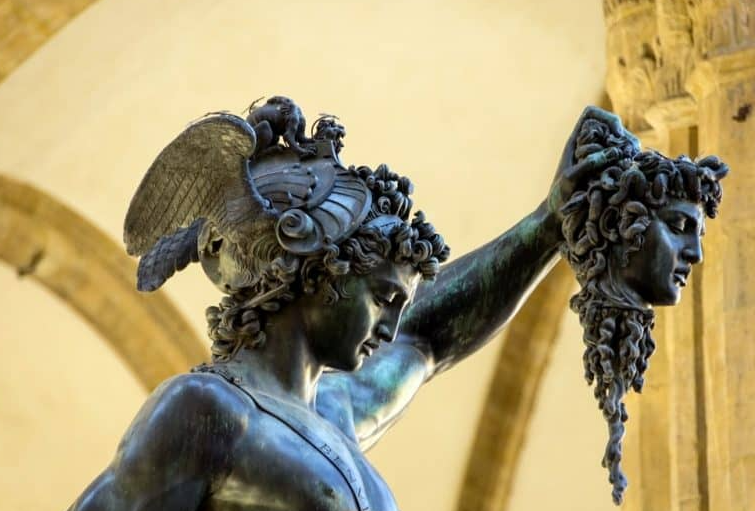
7, Moses
Another sculpture by Michelangelo, Moses, was intended to be a part of the Pope Julius II’s tomb, a plan that did not come to fruition. The subject of this sculpture is the Biblical Moses, the biblical Moses and is positioned in the same seated position as Michelangelo’s iconic Sistine Chapel fresco. Michelangelo perfectly captures the anger of Moses his face when he saw that the Israelites in worship of a false god and idol, that of the Golden Calf. It’s difficult to believe that the smooth, soft lines, intricate detail, and fierce expression of this renowned sculpture are made from a chunk of marble quarried.
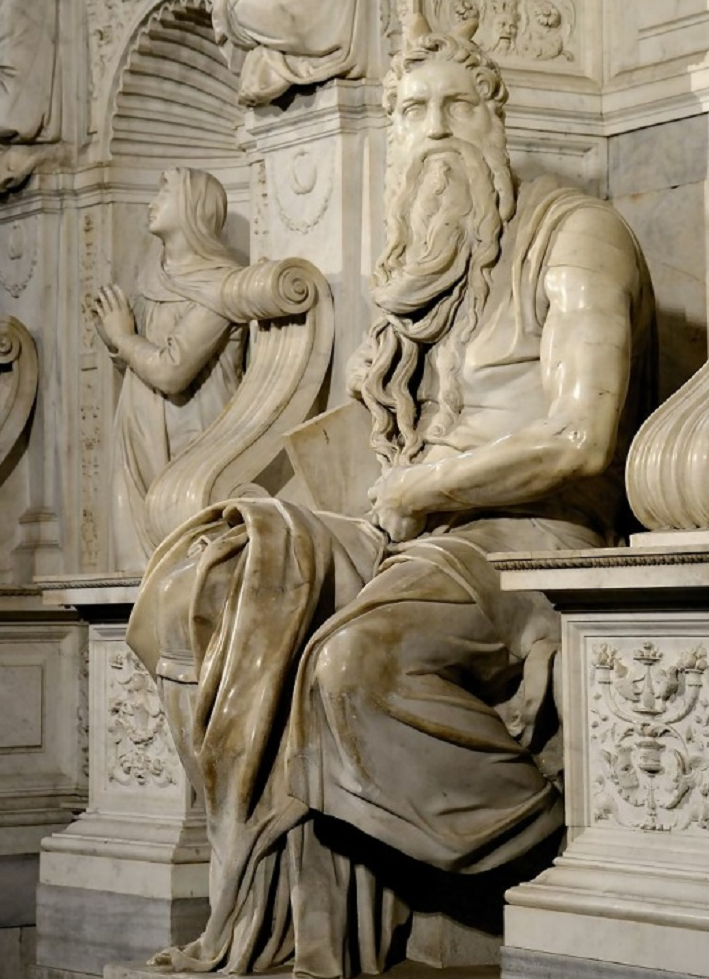
8, Ecstasy of Saint Teresa
This sculpture, also referred to by the name of Saint Teresa in Ecstasy, is among the most beautiful works made in the Baroque period. The marble is carved from white this sculpture depicts saint Teresa of Avila’s meeting to the Angel. One of the most interesting aspects of this particular piece is the surrounding aedicule , which is constructed of colored marble as well as the gilded stucco beams that jut downwards behind the two figures as well as its natural lighting that bathes onto the figures via an unnoticed window. Of the various sculptures in our listing, this one is probably the most striking.
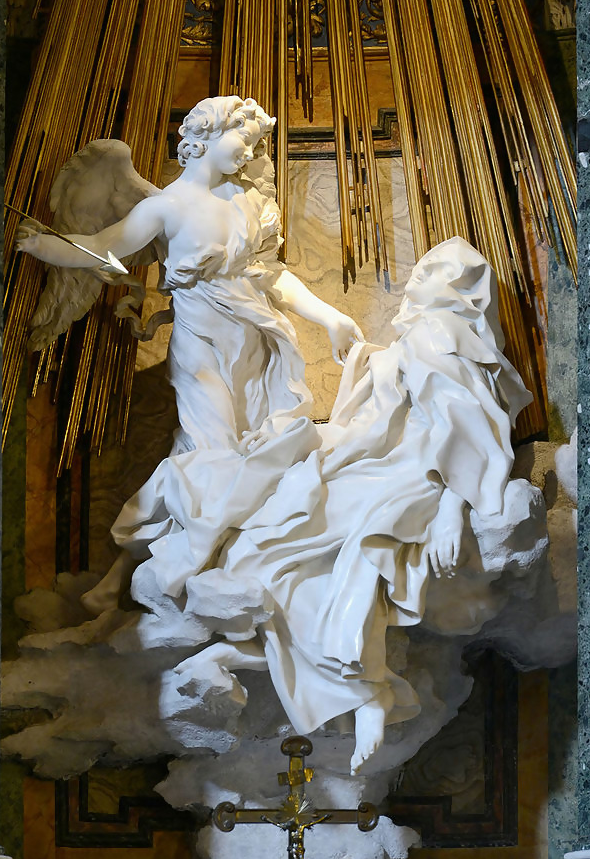
9, David
Perhaps the most well-known sculpture all over the world Michelangelo’s David can be seen in Florence. Expertly sculpted out of marble the statue is 17 feet tall. The figure depicted is David who gazes at Goliath prior to his fight. This is a stunning representation of Michelangelo’s mastery and meticulousness as he designed the figure, putting a lot of effort to perfect the subject’s fierce expression prior to the battle. While there are many replicas, some of which are seen all over Italy The original is in place at the Galleria dell’Accademia and is visited by anyone who is interested. It was constructed out of marble that was white Carrara stone between the years 1501 to 1504. It’s massive: 5 meters high and five tonnes of mass! It was first erected within Piazza della Signoria right near the entrance to Palazzo Vecchio, to symbolize the Republican strength (the young man is holding his slingshot while displaying an expression of disdain). Today, you can find an exact replica in the square, and you can go to the Accademia Gallery to view an original sculpture.
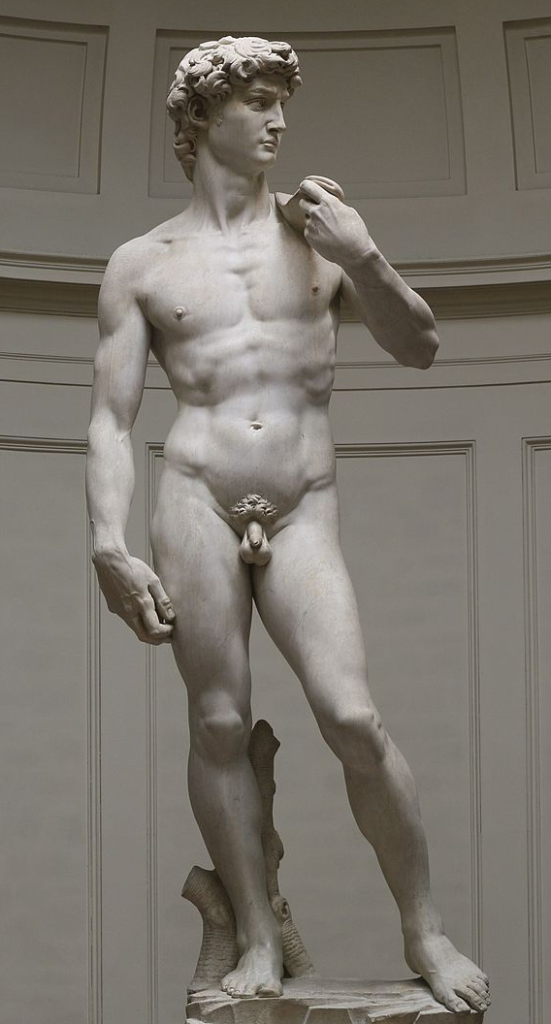
When you start looking for the most stunning sculptures from Italy It is likely that they all share one thing in common: they are constructed from marble. That’s not to suggest that exquisite sculptures cannot be created from other mediums (take the bronze sculptures of Donatello Judith as well as Holofernes as an illustration) however, it is true because marble happens to be the most commonly used. The reason the majority of sculptures listed here are constructed of marble has to do with the properties inherent to the material itself. When marble is first quarried, it is able to be used effortlessly since it is soft. As the stone starts to age, it becomes more difficult and more dense. Marble, particularly white marble is more durable to breaking. This makes it a great material for the creation of such amazing art pieces, and is a preferred material for numerous famous artists.

